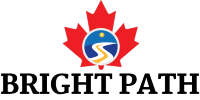We all know that applying for work in Canada can be painful if you don’t know where to start. Do you need a work permit or don’t you? If yes, which type of work permit? What are the best Canadian job platforms? How do you update your resume to meet Canadian standards? In this blog, we walk you through the 6 most important steps to consider when applying for jobs in Canada.
How to Start
Want to learn exactly how to get a job in Canada? Say no more. Here are the 6 steps to applying for jobs in Canada:
- Step 1: Do You Need a Work Permit?
- Step 2: Update your CV
- Step 3: Choose Which Companies You Want to Apply for
- Step 4: Follow Up on Your Applications
- Step 5: Get to Work on Networking
- Step 6: Make Sure Your Qualifications are Accredited
Step 1 – Find out if You Need a Work Permit?
It may come as a surprise for some, but not every occupation in the country needs a work permit. Certain jobs are work permit exempt, if you want to see if your chosen occupation makes the list check out which Jobs in Canada Don’t Need a Work Permit.
Can’t see your job on this list? Not to worry. You can obtain a work permit in Canada through the Temporary Foreign Worker Program (TFWP) or the International Mobility Program (IMP). Work permits under the TFWP are closed which means you can only work for a specific employer in Canada who has a Labour Market Impact Assessment (LMIA). Work permits under the IMP can be open and closed, however, your employer doesn’t need to acquire an LMIA to hire you. Examples of open work permits are the Working Holiday Visa and the Post-Graduate Work Permit.
Step 2 – Update your CV
We all know that this can be a real issue and quite a few of us are guilty of not updating our CVs regularly.
It’s time to dust off those writing skills and get to work. Make sure that your current job is listed in your CV. Also, make sure that you have some fellow employees that you can ask for a good reference. Remember to include their contact information and position in the company too.
Some online CVs, like the ones on LinkedIn, allow other employees to write a recommendation about you, so make sure you get all the positive information listed on your CV before you start your job hunt.
We have outlined how to write the perfect CV for work in Canada to help you get the inside deals of what your Canadian employers expect to see on your CV.
Step 3 – Choose Which Companies You Want to Apply for
We are all guilty of applying for multiple jobs with the same cover letter and spamming our CVs on every job portal site we find. This is a really bad idea.
Write unique cover letters to each company that highlights the details that they posted in the original job opening. If you are skilled with certain programs, skills, or work experience make sure to mention these details to help your application stand out.
Remember not to boast but stick to real facts about your career. If you can provide figures like “I boosted sales by 27% in my company,” then do so. You must always remain truthful, we all know how easy it is to exaggerate a little bit.
Don’t Apply to Every Job Posting
Be selective about the jobs you apply for because some companies will likely talk to each other about your application and realize you copy-pasted the same cover letter each time. This does not give a good first impression.
Also, many companies use recruiters to find the right candidates and if your application keeps on coming up for two months or more, recruiters may steer clear of your application as there may be a reason you have not landed a job yet.
There are some great job portals that you can use for jobs in Canada, here are just a few of the most common ones you can upload your CV on.
Step 4 – Follow Up on Your Applications
Been a week since you applied for that job position? Why not email the company to follow up on your application? This helps you show you are interested and proactive about getting the job. It may also help differentiate your application from others.
The same thing applies to interviews. When any company emails you about confirming an interview, make sure you reply with a “thank you” email. A little bit of politeness can go a long way.
If anyone went out of their way to help with your application, like a receptionist, feel free to call them to show your appreciation. You never know, that could be a deciding factor to get some great jobs in Canada lined up for you.
Step 5 – Get to Work on Networking
This can be a great way to get your name out there. Networking can be done in professional settings like job events and career fairs. These events are also the best time to meet other people who may work in your field.
Volunteer work in Canada can be just the ticket when it comes to getting noticed. Not only can you get some valuable Canadian work experience but you can also get closer to some industry names to better market yourself when you upgrade to a full-time paid job.
Canada also has a selection of job assisting services to help you make those necessary connections as a new arrival. These services are for New Arrivals and are offered by essentially every single province and territory in the country.
Step 6 – Make Sure Your Qualifications are Accredited
Various professions (nursing, teaching) and trades (engineering) in Canada are regulated to protect the health and safety of the public. This means to work in a regulated occupation you may need to register with a regulatory body in the province or territory (see below).
What’s more, you need to prove that your educational qualifications are equal to Canadian standards, especially if you are applying for jobs where having a post-secondary education is an important requirement. You can have your credentials accredited through something called an Educational Credential Assessment from independent third parties such as the World Educations Assessment (WES). This document costs around CAN$200 and takes about ten days to process.




